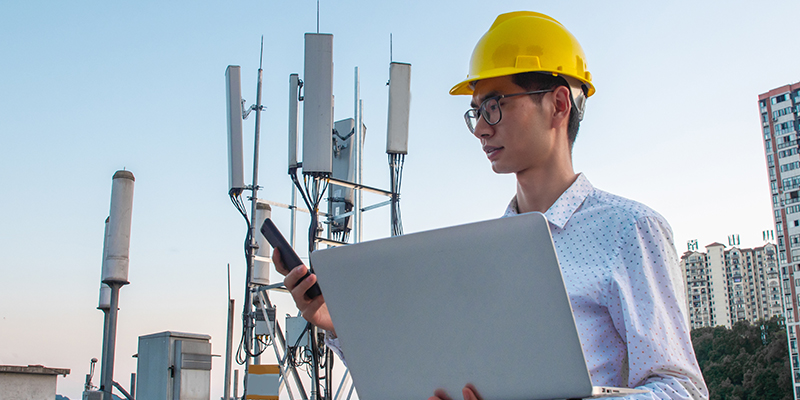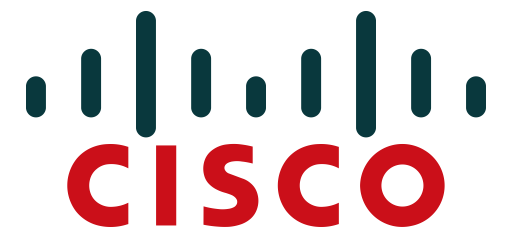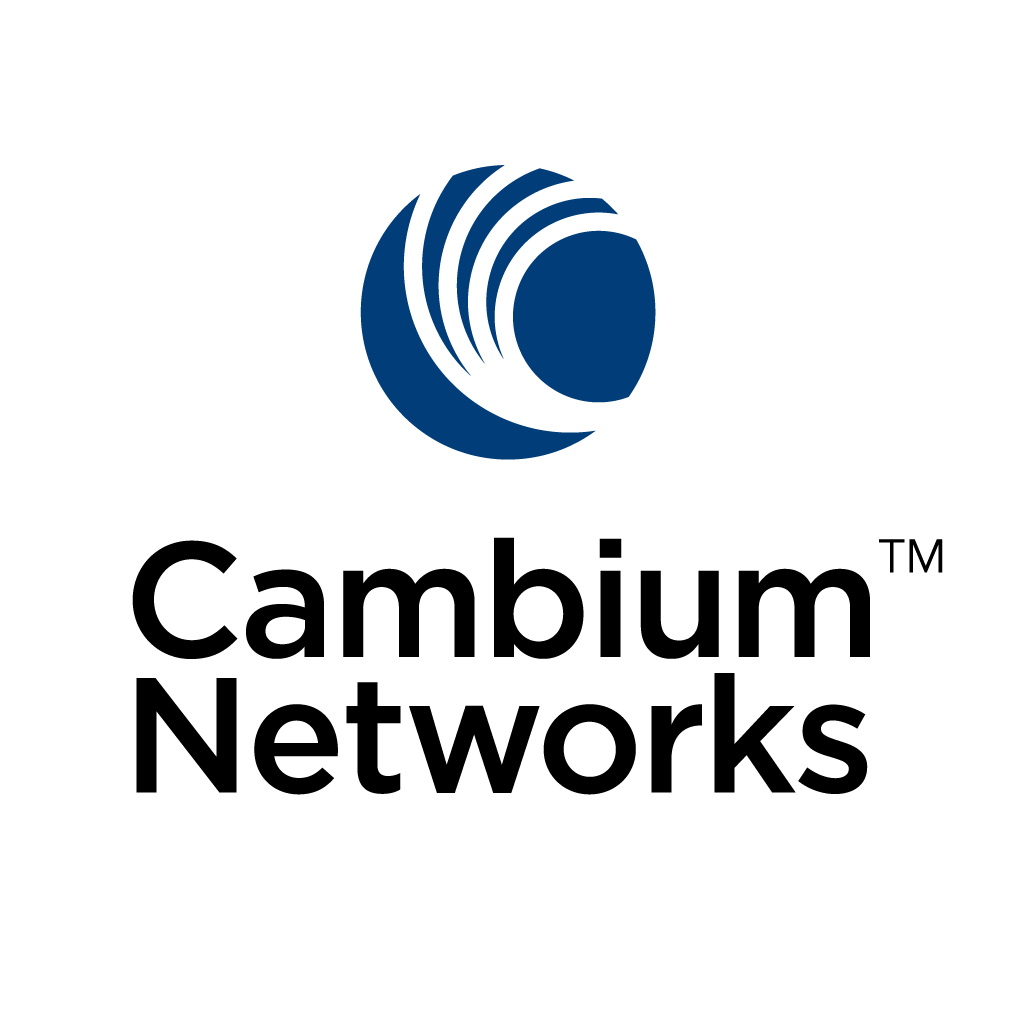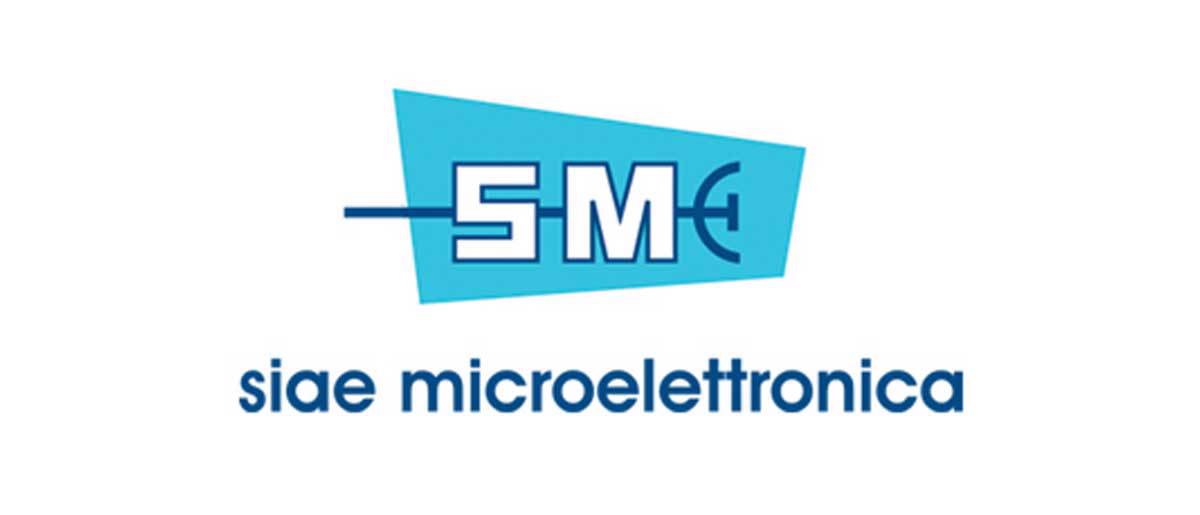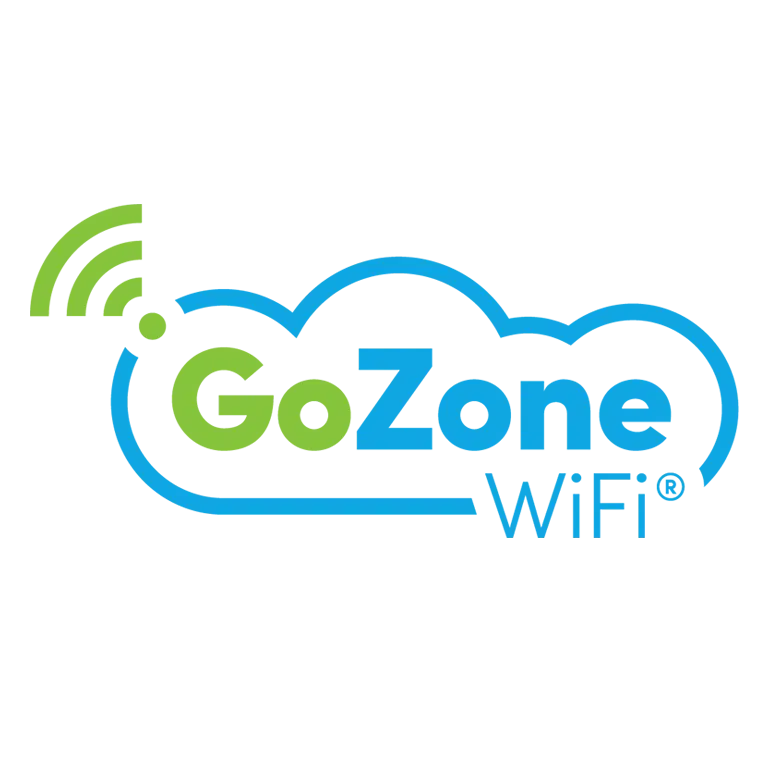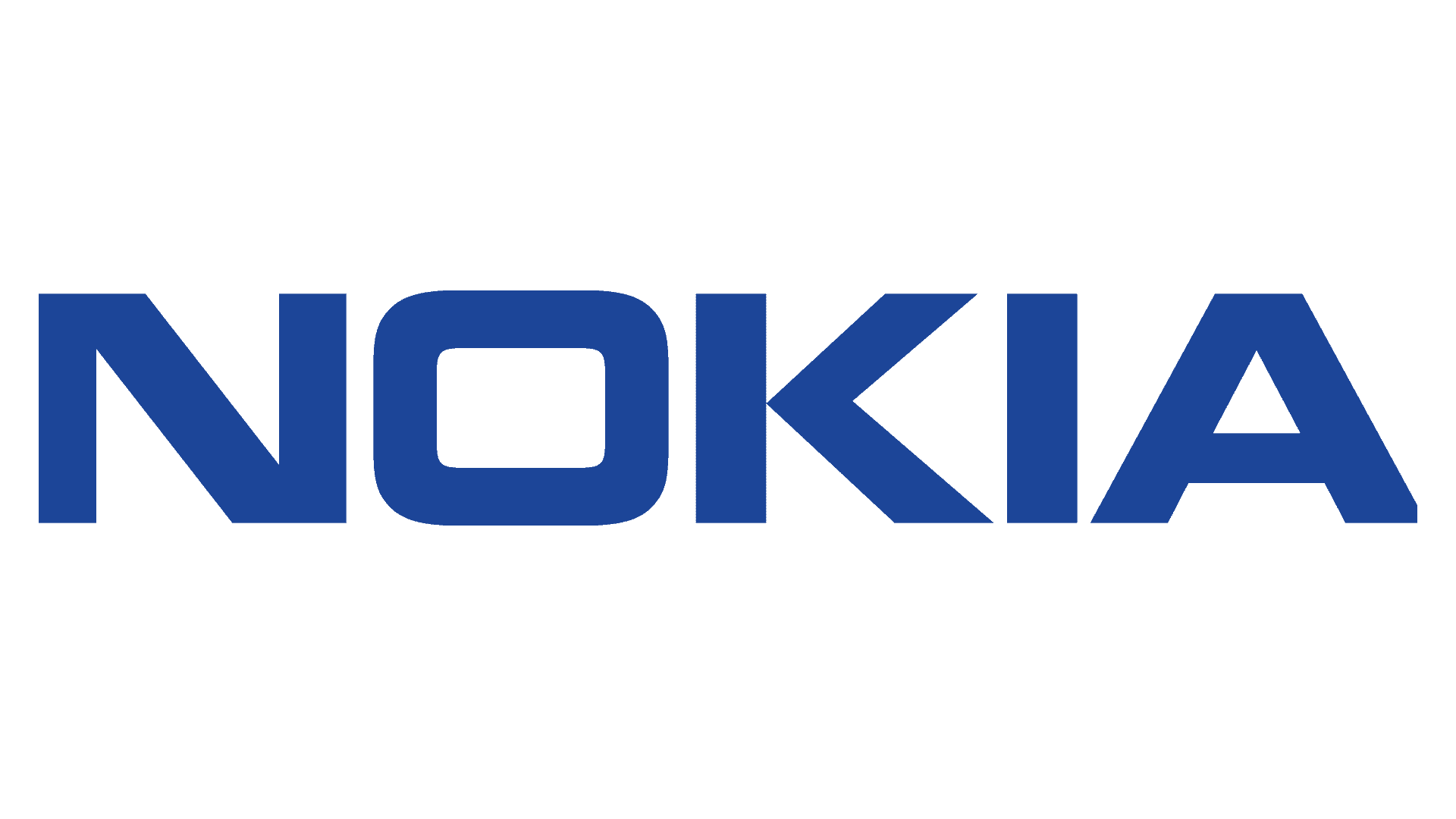By: Al Brown, SmartWAVE Technologies President & CEO
Now that you have the funding needed to build your broadband infrastructure, the time has come to design and deploy your new network.
WiFi vs CBRS: Selecting the Right Infrastructure to Suit Your Needs
The first question your city needs to answer is whether a WiFi network or a CBRS/PLTE (Citizens Broadband Radio Service, Private LTE) network is better suited to your needs.
CBRS
CBRS and PLTE networks are typically a better option for rural areas that have little or no assets, such as streetlights, that equipment can be mounted on and draw power from. The technology is best suited for high site assets, such as water tanks, towers, and building rooftops. Private LTE networks rely on the same protocols and technologies as their carrier-based counterparts: small cells, which work similarly to WiFi access points, are installed on-site, offering uninterrupted connectivity and the ability to handle heavy traffic loads over a wide area.
CBRS is a fairly new private LTE network option that is now available in the United States. Previously, this band (150MHz of shared spectrum in the 3.5 GHz C-band, also called band 48 or B48) was reserved for the US military and fixed-satellite service. However, the FCC opened up this section of the band for broader use in order to help relieve congestion.
Presently, CBRS is offered as a 4G service. So without getting too technical, think about this offering as similar to your 4G LTE services from your carrier. These networks can be designed as mobile networks or fixed networks, so they can be a good option for a smart city or digital divide offering. Propagation characteristics for NLOS (non line of sight) are greater than 5Ghz WiFi, but the bandwidth of the technology isn’t as great as WiFi.
We find this technology ideal for larger coverage areas (due to higher transmit power than WiFi) with fewer users (due to limited spectrum/bandwidth compared to WiFi). A single site can service 1-2 square miles, but the user will require a CBRS provisioned client device for connectivity. The predominant approach for client connectivity using a CBRS network is to provide an in-home CBRS provisioned device that can also broadcast a WiFi signal, making it easy to connect any WiFi-enabled device within the home.
WiFi
In contrast to private LTE, WiFi is typically better for denser user coverage areas if you have access to street-level mounting assets every 300-600 feet. For community wireless broadband networks, streetlights and traffic signals are ideal for installing outdoor WiFi radio. Unlike CBRS that requires a CBRS provisioned device for connectivity, users can connect with any WiFi certified device, so the cost for client acquisition is typically $0 since most users will already have a WiFi client device. Because the amount of spectrum available is a key contributor to bandwidth/throughput, WiFi is capable of transmitting speeds much higher than CBRS, making it ideal for higher density locations and for streaming applications with higher bandwidth demands. Contingent on the infrastructure supporting the WiFi access point, clients are capable of exceeding 100Mbps speeds.
When SmartWAVE designs a community wireless broadband (CWB) network based on WiFi, we organize the architecture into three layers: the mesh access layer, the capacity injection layer, and the backhaul layer:
- The mesh access layer consists of mesh WiFi access points installed on low site assets like streetlights, utility poles, and traffic signals. Using streetlights, we can power the devices from the photocell receptacle, so in most cases, no electrical remediation is required, making the installation process extremely efficient and less costly.
- The capacity injection layer is a point-to-multipoint (PTMP) system (typically built using three to six antenna sectors) that bridges the gap between the low site (mesh) network infrastructure and the high site (backhaul) network infrastructure, injecting bandwidth capacity into mesh WiFi clusters throughout the service area.
- The backhaul layer connects the wireless infrastructure to the internet point of presence and is typically comprised of fiber or wireless point-to-point (PTP) links using licensed or unlicensed gig or multi-gigabit solutions. The backhaul layer is typically a high site technology requiring line of sight and extending over long distances, so rooftops, towers, and water tanks are ideal for equipment installation.
To keep the overall costs for a CWB to a minimum, we recommend cities and school districts leverage their existing core infrastructure to support the network. The core infrastructure will consist of firewalls, routers, DHCP servers, web filters, and other common core equipment. In doing this, you can easily and cost-effectively extend your configuration parameters and policies for providing community connectivity from a city or school building internet or fiber point of presence into the community being served. Facilities to consider as backhaul points of presence could be city hall, libraries, community centers, schools, fire stations, or other facilities typically dispersed throughout a coverage area.
First and foremost, you need to understand the assets that are available to you, so you can make an informed decision regarding the best technology to serve your community.
How to Have a Successful Deployment
There are a variety of factors that contribute to a successful deployment. In our experience, it truly takes a village to successfully deploy at CWB. Some of the entities that may be required for deployment are:
- Municipal IT staff
- School IT staff
- Municipal public works staff
- Municipal DOT staff
- Office or office of innovation municipal managers
- Municipal library staff
- Municipal fire department
- Local water department
- Local utility provider for streetlights and power polls
Successful Deployments Are Built on Good Relationships
Some of the most successful projects come about when school districts and municipalities work together to address the lack of connectivity in the community. We highly encourage our clients to consider the benefits of partnering in a project like this for a number of reasons, such as:
- The ability to access additional funding sources. Two entities with access to grants, commercial and federal funding sources can combine their resources, increasing the odds of a successful, sustainable deployment.
- Increased access to mounting assets (towers, streetlights, water tanks, traffic signals, buildings) for equipment installation, as well as property locations in the event an asset, such as a tower, has to be constructed to support the network. All wireless networks are asset dependent, so the greater the access to assets, the greater the chance of success.
- Costs sharing for infrastructure buildout to areas of similar needs for the school and the city leads to more funds available for construction, which leads to the opportunity to serve more areas.
Should your city choose to partner with other stakeholders such as schools or libraries, make sure you introduce these partners to your broadband network design and deployment team so they can ensure that all appropriate permits have been granted and that the infrastructure designed and deployed provides for the greatest “return on connectivity”.
Key Success Criteria Checklists
Depending on whether you decide to move forward with CBRS or WiFi to meet your CWB needs, there are a number of key criteria for success that we recommend you consider.
CBRS
CBRS networks require, among other things:
- Spectrum. CBRS is limited to 150Mhz and based on shared spectrum, so understanding how much spectrum is reserved and how much is available for use, will help you make the right decisions and set the right expectations on expected bandwidth.
- High Site locations like towers, water tanks, and building rooftops are preferred.
- End-user equipment will need to be provisioned and provided to the community in order to use the system, so having a plan in place for device management and support before deployment is recommended.
There is a wide array of end-user equipment available to meet the specific needs of your application to include outdoor CPEs, in-home desktop devices, MiFi devices, rugged laptops, phones, and even vehicle-mounted devices. Any CBRS On-Go certified device should work, but we also recommend confirmation with the manufacturer regarding compatibility and support issues that you may encounter with one device over another.
WiFi
When deploying a WiFi network, you need to consider:
- Street furniture, including streetlights, traffic signals, and utility poles. Since the transmit distance is relatively short in comparison to CBRS, access to AP mounting locations every 400-600ft will be required to build a reliable mesh infrastructure.
- Specific architectural requirements. With access to streetlights, it’s important to understand the streetlight architecture to include information such as: whether your streetlights use a 3-prong vs. 7-pin receptacle, whether or not they have removable photocell adapters, and whether they have 24/7 access to power.
- What assets are available. Towers, water tanks, and buildings will be ideal assets for installing backhaul equipment, so having access to these facilities will lower the cost associated with building a tower as well as the time for construction.
- Your coverage area. Fiber or network access within the coverage area or close to the coverage area can be incorporated into the design to extend connectivity wirelessly into the community.
Both approaches typically involve leveraging your city or township’s existing core network infrastructure, including your firewall, DHCP services, internet services, router, and other core networking equipment. However, if your community does not have this infrastructure already in place, it can be built during network construction, though this will obviously increase equipment costs.
The SmartWAVE Deployment Process
How long your network will take to deploy depends on a variety of factors, including what existing infrastructure is available and how large or small your project is. However, following SmartWAVE’s tried-and-true deployment process, a project covering a one square mile area typically takes between 16 and 30 weeks from start to finish.
Phase 1: Network Planning (3 to 4 Weeks)
During this first phase, our team of experts will work closely with your team and other stakeholders to gain a thorough understanding of the area the network will be covering and any specific requirements you have, which we use to determine your network’s architecture and components.
All of our plans are built based on crucial information such as:
- Your network’s boundaries, general coverage, and capacity requirements.
- Redundancy requirements
- Device type
- Fiber location information
- Any other asset agreements you have provided our team.
During this phase, SmartWAVE also develops your project team charter, gathers GIS information and plots on a map, creates clutter data sets from Lidar to determine your RF (radio frequency) environment, identifies all fiber internet ingress points, and creates a high-level design document.
Phase 2: Network Design (6 to 8 Weeks)
The purpose of phase two is to validate your network’s architecture, which was developed during the planning phase, and to collect relevant data regarding mounting assets and their locations.
During this stage, SmartWAVE will:
- Develop your preliminary asset list.
- Review and finalize asset selection.
- Conduct a radio frequency sweep in the coverage area.
- Perform a test drive of the coverage area to ensure adequate coverage and signal strength.
- Participate in design review meetings as needed
- Develop and then finalize your core network architecture
- Create a propagation model listing asset locations and anticipated coverage
- Create a configuration sheet and update the equipment BOM (build of materials) and estimated costs for deployment.
Phase 3: Network Installation (8 to 12 weeks)
Once the design phase is complete, our team will work with you to deploy your new wireless network. During the installation phase, the SmartWAVE team will:
- Order and inventory all wireless equipment.
- Install and configure your core equipment.
- Install fiber at PoP (point of presence) sites.
- Install and configure your fiber gateway nodes, base station unit equipment, SU gateway nodes, and mesh nodes.
- Perform post-installation tests.
- Produce as-built documents for your records.
- Transition your new network to your operational support team.
Smart City Applications
In addition to providing connectivity to underserved or unserved members of your community, your new broadband network can help you achieve community economic redevelopment goals and support a variety of municipal departments, including:
- Public works
- Transportation
- Police
- Fire
- Parks and recreation
- Water
Smart cities like yours use their broadband networks to support a variety of activities, including but not limited to:
- Monitoring parking meters
- Powering digital parking guidance signs
- Supporting traffic control networks and traffic video surveillance systems
- Supporting police efforts via police video surveillance and offloading video from police vehicles
- Supporting gunshot detection systems
- Controlling and monitoring water pollution levels
- Sensor networks to monitor air and noise pollution
- Flood control applications
Smart cities are the way of the future, offering enhanced connectivity for residents, local businesses, and community organizations such as libraries and recreation centers. By investing in a fast, reliable broadband network, you can help your community stay connected and access critical resources, including remote work opportunities, online educational resources, and telehealth services.
Ready to start planning your new broadband network? Contact our team today!
[1] Link to article 2: Things a City Should Consider When Building a Private Network

